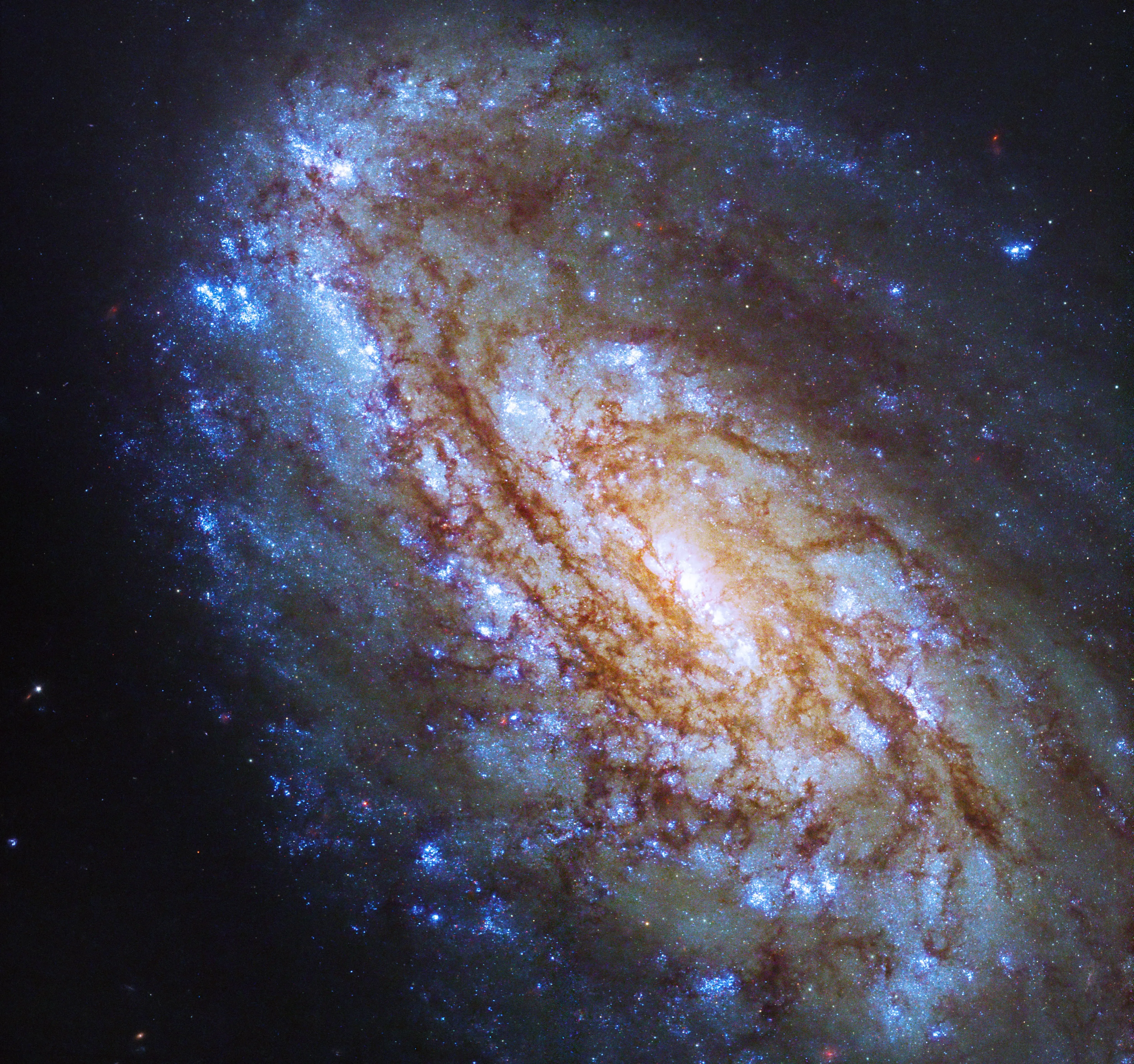This image shows the Highfield drill hole, on Vera Rubin Ridge in Gale crater on Mars, made by NASA’s Curiosity rover. Just recently, scientists announced that an analysis of rock samples collected by the rover were enriched in carbon 12, a type of carbon that on Earth is associated with biological processes.
这张图片显示了由美国宇航局好奇号火星车在火星盖尔陨石坑的维拉鲁宾岭上的海菲尔德钻孔。就在最近,科学家们宣布,对火星车收集的岩石样本进行分析后发现,其中富含碳12,这种碳在地球上与生物过程有关。
While the finding is intriguing, it doesn’t necessarily point to ancient life on Mars, as scientists have not yet found conclusive supporting evidence of ancient or current biology there, such as sedimentary rock formations produced by ancient bacteria, or a diversity of complex organic molecules formed by life.
虽然这一发现很有趣,但它并不一定指向火星上的古代生命,因为科学家们尚未发现那里古代或当前生物学的确凿证据,例如由古代细菌产生的沉积岩层,或复杂有机物的多样性生命形成的分子。
The image of this drill hole was taken by the Mars Hand Lens Imager of the Curiosity rover on the 2,247th Martian day, or sol, of the mission.
这个钻孔的图像是由好奇号火星探测器的火星手持镜头成像仪在火星任务的第2247个火星日拍摄的。
Image credits: NASA/Caltech-JPL/MSSS
影像来源:NASA/Caltech-JPL/MSSS



